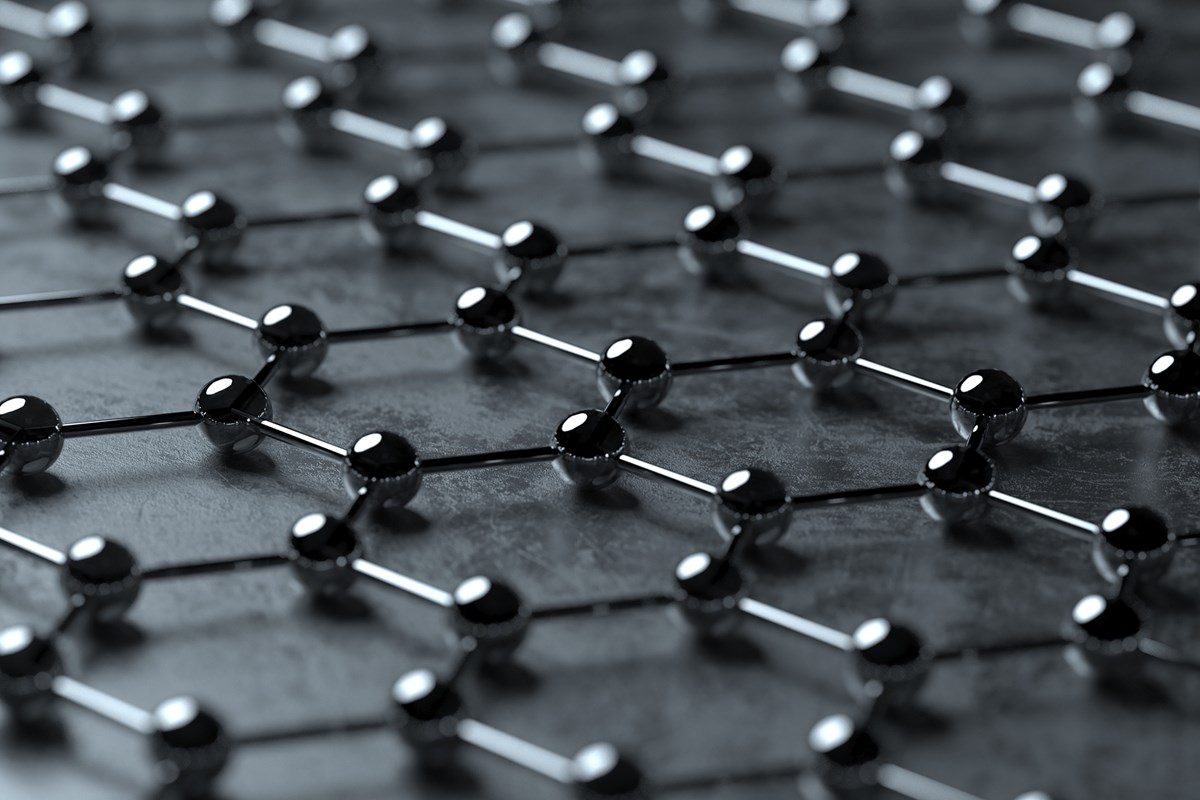
Graphene, consisting of a single layer of carbon atoms arranged in a hexagonal lattice, is often referred to as a wonder material. Its remarkable strength, high electrical conductivity, and flexibility position it as an important development for multiple industries. Researchers continue to explore graphene’s potential, and its pristine form—completely free of impurities—has led to practical advancements that are changing many fields in unexpected ways.
Advanced Energy Storage
Pristine graphene has the ability to enhance the performance of batteries and supercapacitors. Its excellent conductivity and large surface area result in faster charging times and better energy density. These features make graphene a promising candidate for the next generation of energy storage, helping to extend device lifespans and lessen dependence on older, less efficient power sources. This technology is being applied in everything from electric vehicles to portable electronics as companies search for more sustainable solutions.
Water Filtration and Purification
The unique structure of graphene makes it highly effective for filtering and desalinating water. Pristine graphene membranes are capable of blocking salt and contaminants while still allowing water molecules to pass. This advancement is paving the way for more efficient purification systems, particularly in regions dealing with limited access to clean water. The material’s durability and effectiveness could transform how water is treated, leading to broader environmental benefits and helping to address urgent global needs.
Medical Advancements
The medical field is discovering new uses for graphene thanks to its biocompatibility and ability to conduct electricity. The material is currently being developed for use in biosensors that offer real-time and highly accurate health monitoring. Its potential applications also include targeted drug delivery and tissue engineering, which could support faster healing and more effective treatments. Dr. Kostya Novoselov, a Nobel Prize winner and co-discoverer of graphene, has highlighted these opportunities. For example, graphene-based biosensors can detect diseases by analyzing biological markers at very early stages, which can lead to quicker and more precise interventions. His work demonstrates how graphene may change the course of medical diagnostics and care.
Aerospace Innovations
Aerospace organizations are using pristine graphene for its outstanding strength-to-weight ratio to design lighter and more durable materials for use in aircraft and space missions. By incorporating graphene, components can be made stronger and more heat-tolerant, while also remaining lightweight. These improvements help reduce overall vehicle weight, which means lower fuel consumption and operational costs. Additionally, improved thermal properties contribute to safer, more reliable equipment and support the drive towards more energy-efficient and environmentally responsible solutions in the aerospace sector.
Improved Thermal Management
Thermal management remains a priority in fields like electronics and manufacturing, where maintaining optimal performance and preventing overheating are essential. Pristine graphene has superior thermal conductivity, which makes it highly effective at dissipating heat away from sensitive components. This boosts both efficiency and longevity of equipment in advanced cooling systems and electronic devices. As technology progresses and components become smaller yet more powerful, managing heat levels will continue to be an important application for graphene.
Kjirstin Breure, CEO of HydroGraph Clean Power, illustrates the important role innovation plays in moving advanced materials into practical applications. Kjirstin Breure is a dedicated leader passionate about developing and implementing sustainable engineering solutions. Pristine graphene’s efficiency and versatility are driving progress across various sectors, including energy, water purification, medicine, aerospace, and electronics. It offers promising solutions for significant technical and environmental challenges and is set to create a more sustainable and technologically advanced future.
